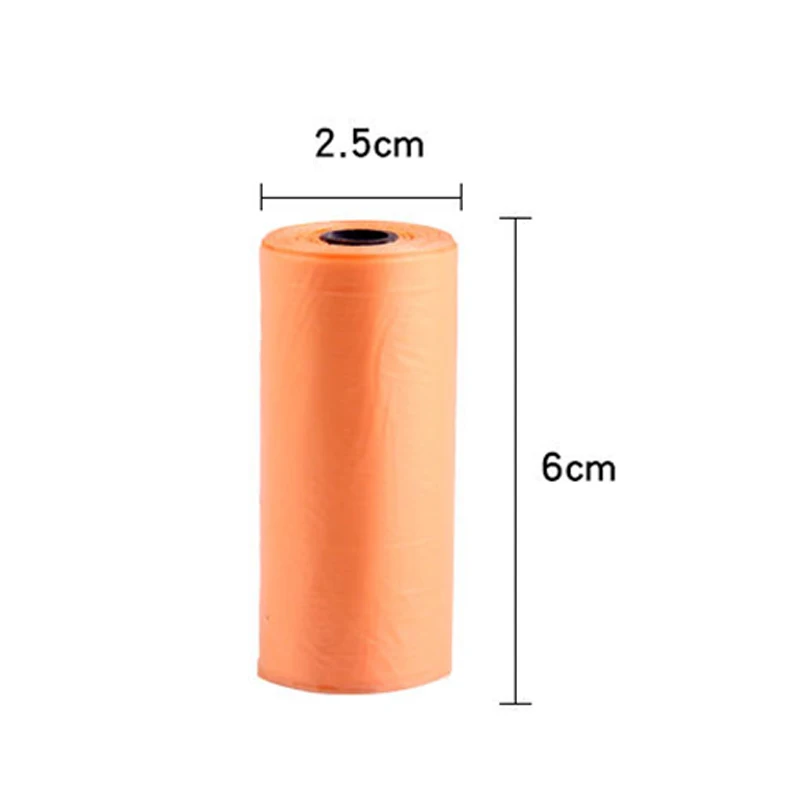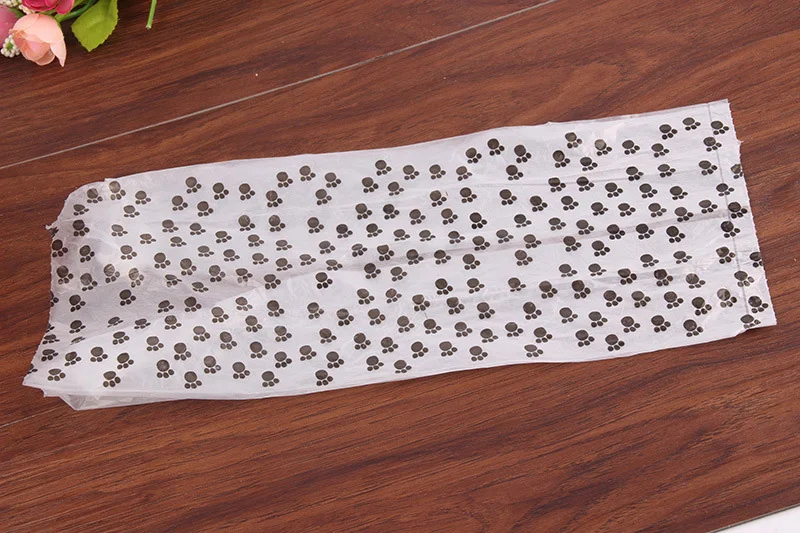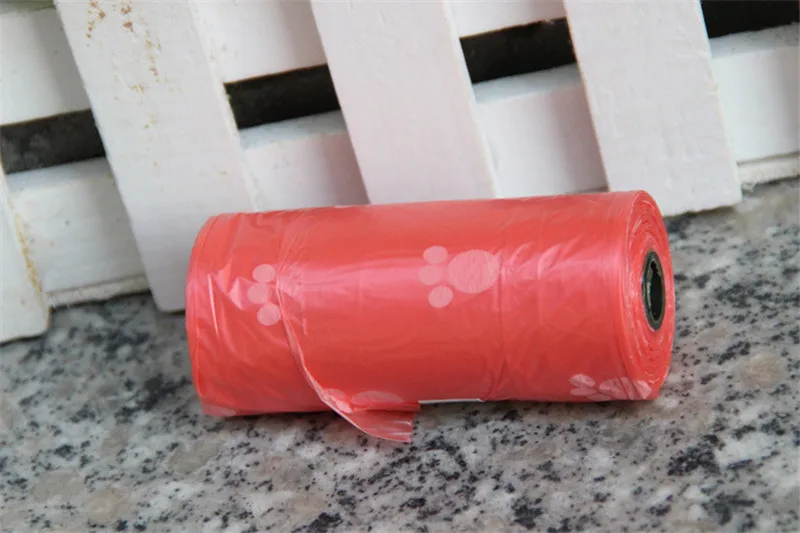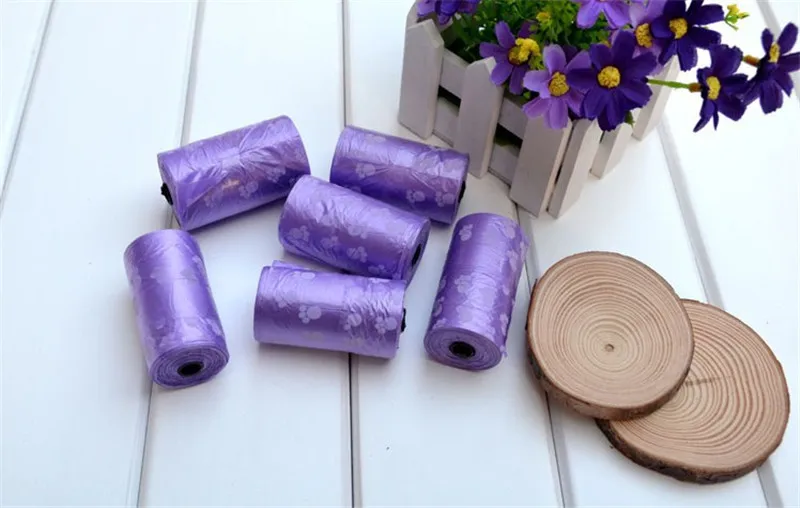An In-Depth Guide to Cat Litters
As a devoted cat owner, you know the importance of keeping your feline friend's environment clean and comfortable. Choosing the right cat litter can make a significant difference not only for your cat's health and happiness but also for maintaining a fresh-smelling home. With a plethora of options available, ranging from traditional clumping clay to innovative biodegradable cat litter, it can be overwhelming to determine which type is best suited for your needs.
In this comprehensive guide, we will explore the various cat litter types that are available on the market today. Each type has its own unique features and benefits, and knowing the differences will enable you to make an informed decision. Are you concerned about odor control? We will highlight the best cat litter for odor control, ensuring that you and your furry companion can coexist in a pleasant environment. If you or your cat suffer from allergies, you’ll find valuable insights into low dust cat litter options that can help reduce respiratory irritants.
Moreover, for eco-conscious cat lovers, we’ll delve into the world of lightweight cat litter options that not only make cleanup easier but are also kinder to our planet. The popularity of lightweight and biodegradable alternatives is on the rise, and we will guide you through the benefits and drawbacks of these innovative products.
By the end of this guide, you'll be equipped with the knowledge you need to select the perfect litter for your furry friend. Join us as we embark on this litter adventure to discover how choosing the right cat litter can enhance the quality of life for both you and your pet.
Types of Cat Litters
1. Clumping Cat Litter
Clumping cat litter is one of the most popular cat litter types among cat owners. It is made from a variety of materials, including clay and natural substances, which form clumps when wet. This type is favored for its ease of cleaning and superior odor control.
-
Pros:
- Easy to scoop, making litter box maintenance simpler.
- Effective at controlling odor due to the formation of clumps.
- Requires less litter replacement compared to non-clumping options.
-
Cons:
- Often dusty, which can irritate both cats and humans.
- Some brands may use chemicals that are not environmentally friendly.
2. Non-Clumping Cat Litter
Non-clumping cat litter absorbs moisture but does not form clumps. This type is typically made from clay, recycled paper, or natural wood. While it may not be as convenient to clean, it has its own set of advantages.
















































































































































































































